Description
- DATE: Fridays in September 2025 (September 5, 12, 19, 26)
- TIME: 12:30 pm to 3:00 pm EST
- FEE: $ 295
- LOCATION: Zoom meeting. The meeting recording will be available for 1 month.
- SUPPLIES LIST: Keep reading, you’ll find it below “Cancellation Policy.”
- MEDIUM: Oils (acrylics are welcome)
- STUDENTS: minimum 8 students
- LANGUAGE: Miguel speaks Spanish, but a professional interpreter will be present during all meetings.
- DEMO: Miguel will be working on a landscape. Demos will be previously recorded. Miguel will be live with us in each session.
- REQUIREMENTS: Access to a computer with an Internet connection and Zoom previously downloaded. The ability to photograph your work and email it to us for sessions 2, 3, and 4.
WORKSHOP DESCRIPTION
The course explores the unique language of painting—how it is built, how it speaks, and how its elements come together.
A painting is constructed from abstract components—most importantly, the paint itself. Applied to a surface with a variety of tools, paint leaves a physical trace. This material presence is not incidental; it is essential. Composition and color choices shape how this material is distributed across the canvas.
Traditionally, painting has often been used in the service of representation. But when the pursuit of a literal image dominates, it can diminish the richness of the work. Reality is then recreated with predictable strategies that restrict the painting’s expressive power.
Painting does not aim to copy reality. If we choose figuration, it should be an interpretation—one that does not hide the presence of the paint or the act of painting.
As Miguel will explain, a painting becomes compelling not when it perfectly imitates the world, but when its very elements—color, texture, gesture—are alive with expressive intent. What moves us is not the illusion of reality, but the tangible presence of paint on the surface, capable of stirring emotion as deeply as music can.
WORKSHOP OUTLINE
Day 1 – Introduction to the language of painting. Demo – Section 1 (1 hour). Q&A on starting the process: substrate, gesso, brushes, the stain, synthesis, etc.
Day 2 – Student critique (1 hour). Demo – Section 2 (1 hour). Viewing and discussion of other processes. Q&A on continuing the work.
Day 3 – Student critique (1 hour). Demo – Section 3 (1 hour). Viewing and discussion of other processes. Q&A on next steps.
Day 4 – Student critique (1 hour). Demo – Section 4 (1 hour). Viewing and discussion of other processes. Final Q&A and reflection on the workshop experience.
BIO
Miguel Coronado was born in Madrid in 1972 and earned his Fine Arts degree from the Complutense University of Madrid. Early in his career, he began exhibiting in Spanish galleries, and after winning his first prizes, he participated in international art fairs across Europe, America, and Asia, as well as presenting his first solo exhibitions abroad.
Over time, his work has evolved into a deep investigation of the possibilities of pictorial language. He approaches painting as a process of discovery, where success depends more on the harmonious relationship between expressive elements than on strict fidelity to representation.
For Coronado, the richness and eloquence of pictorial resources—the harmony of color and the expressive potential of the material itself—are the true objectives of his work.
He currently lives and works in Madrid.
CANCELLATION POLICY (unique to this online workshop)
The registration fee for this online workshop is non-refundable, except in the rare occurrence of illness of the instructor, or if a week before the workshop we haven’t reached the minimum number of students. In those two cases, the workshop will be canceled and students will receive a full refund.
SUPPLIES LIST
Reference photos will be supplied by Miguel
Easel (standing or tabletop)
Brushes:
It would be good to have a variety of sizes. I work with round brushes and flat ox hair, between numbers 6 and 14 (Escoda). They are very soft. The harder brushes (bristle and some synthetic) load and drag the paint well and the softer brushes (Ox, marten, synthetic) deposit the paint very well on the support and do not “scratch”.
Each one has its function and they are designed for a concrete result. It takes time to know what we need.
Medium/others
Odorless Gamsol (I use it to clean the brushes but also to dilute the paint)
We can use a medium to dilute the paint but it is not essential.
I use a quick drying oil medium from Talens. You could use Galkyd Lite, Galkyd gel or Liquin. This medium accelerates drying and can be useful when we need to speed up drying.
Rags or paper towels
Medium-size wooden pallet (or the one you normally use, but it must be medium size and have a smooth surface)
Small bottle or can for your thinner.
A palette knife and a pencil.
Surfaces
Oil colors:
- Titanium white
- Cadmium red light
- Cadmium orange or equivalent
- Cadmium yellow light
- Quinacridone rose
- Ultramarine Blue
- Cerulean blue
- Burnt umber
- Burnt sienna
- Emerald green
- Viridian green
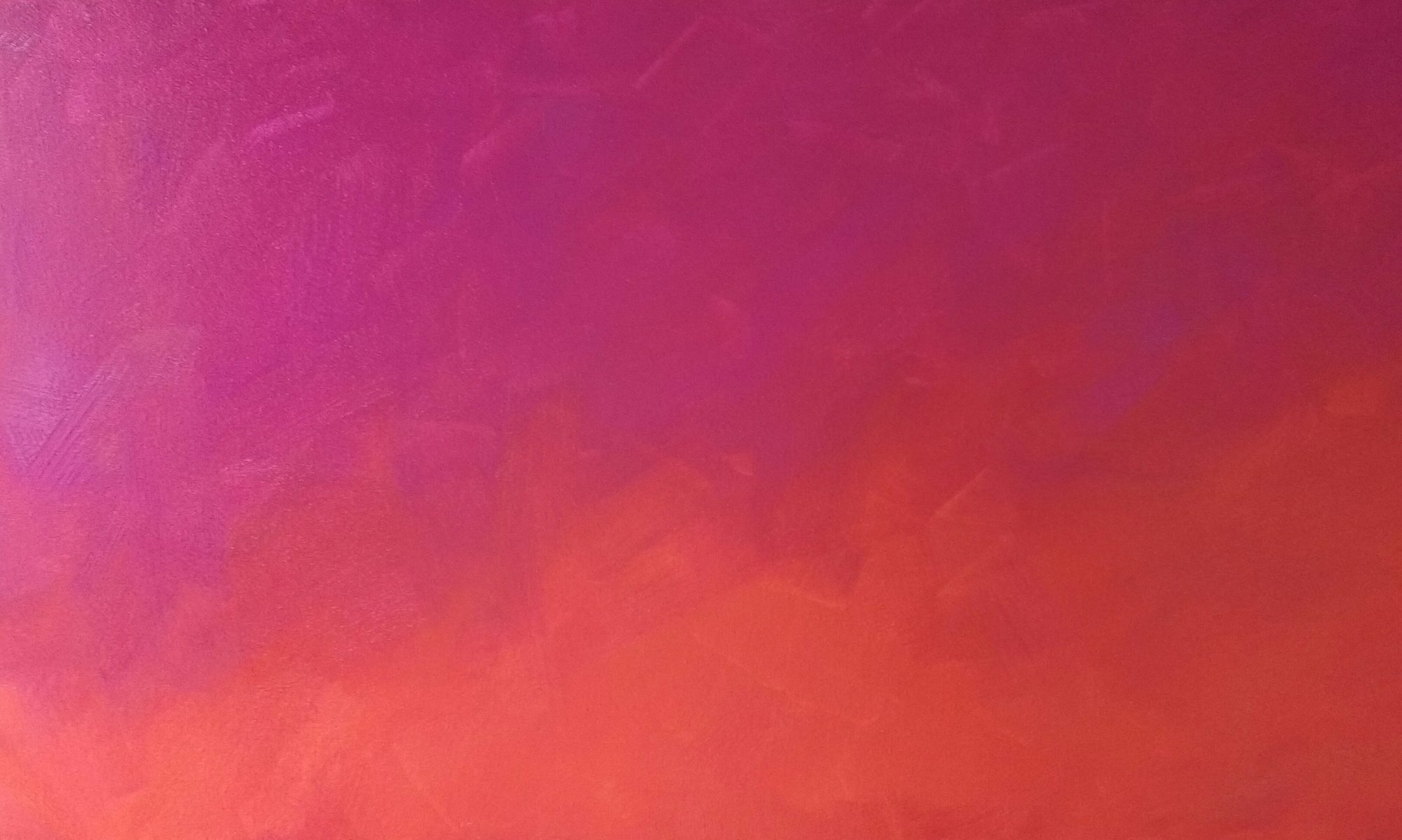
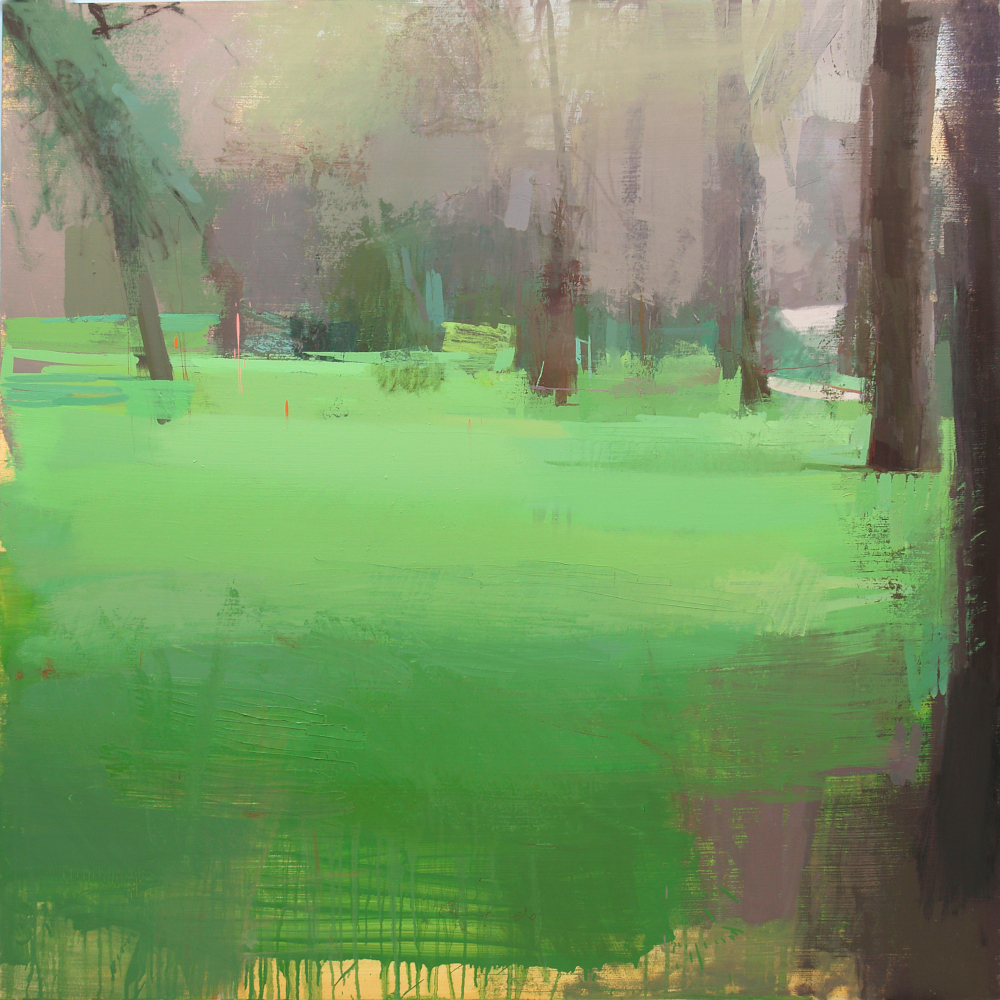
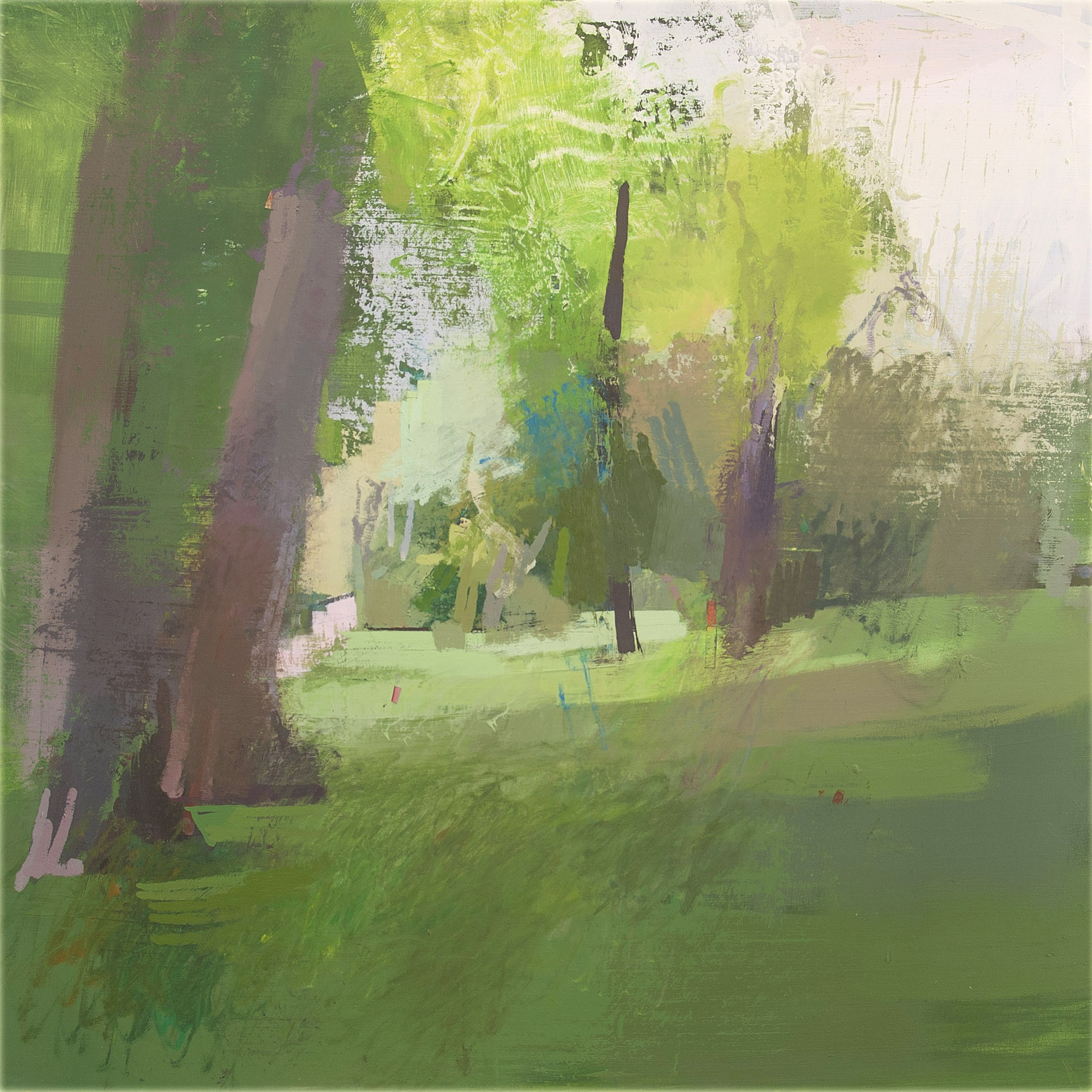

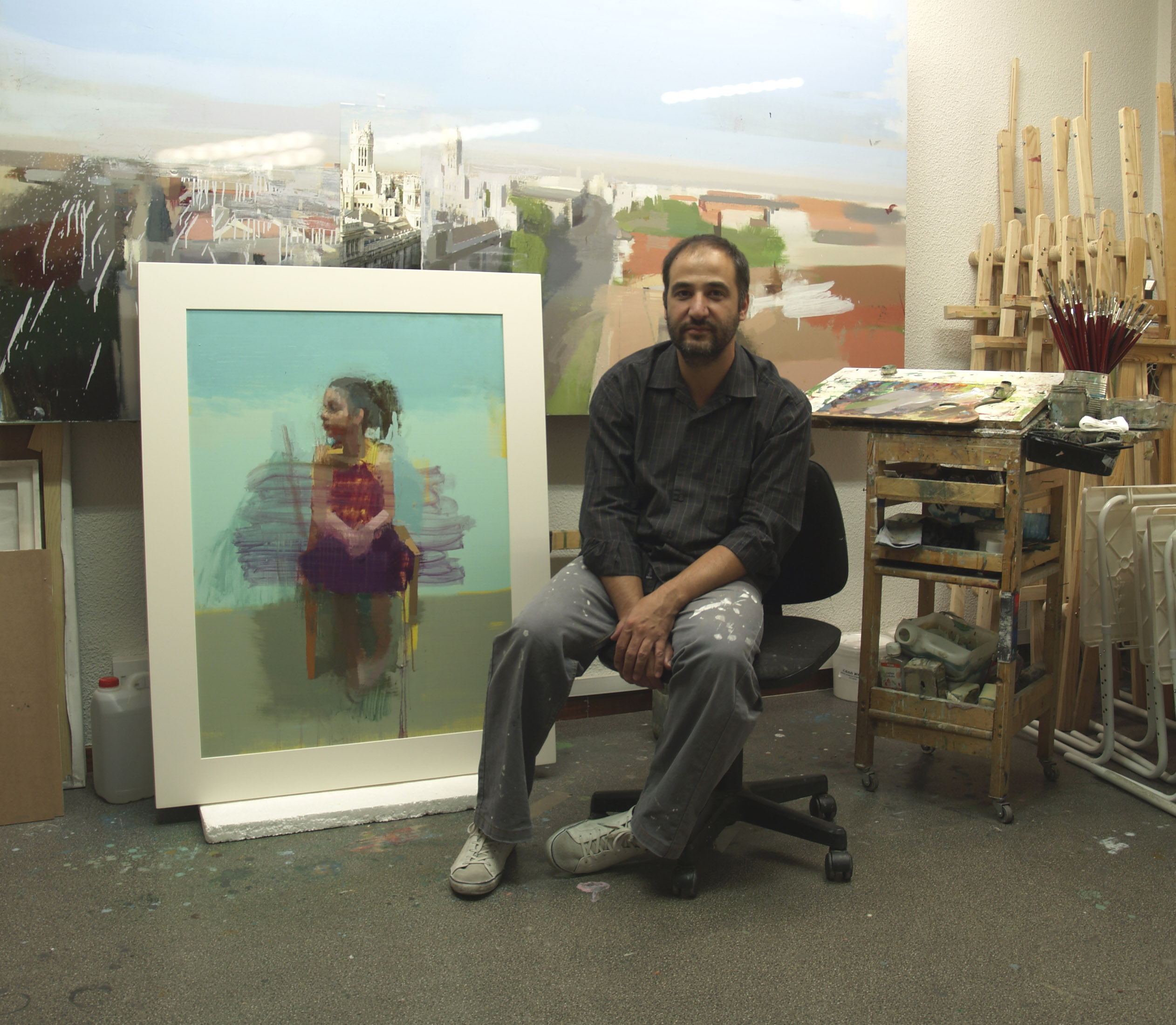
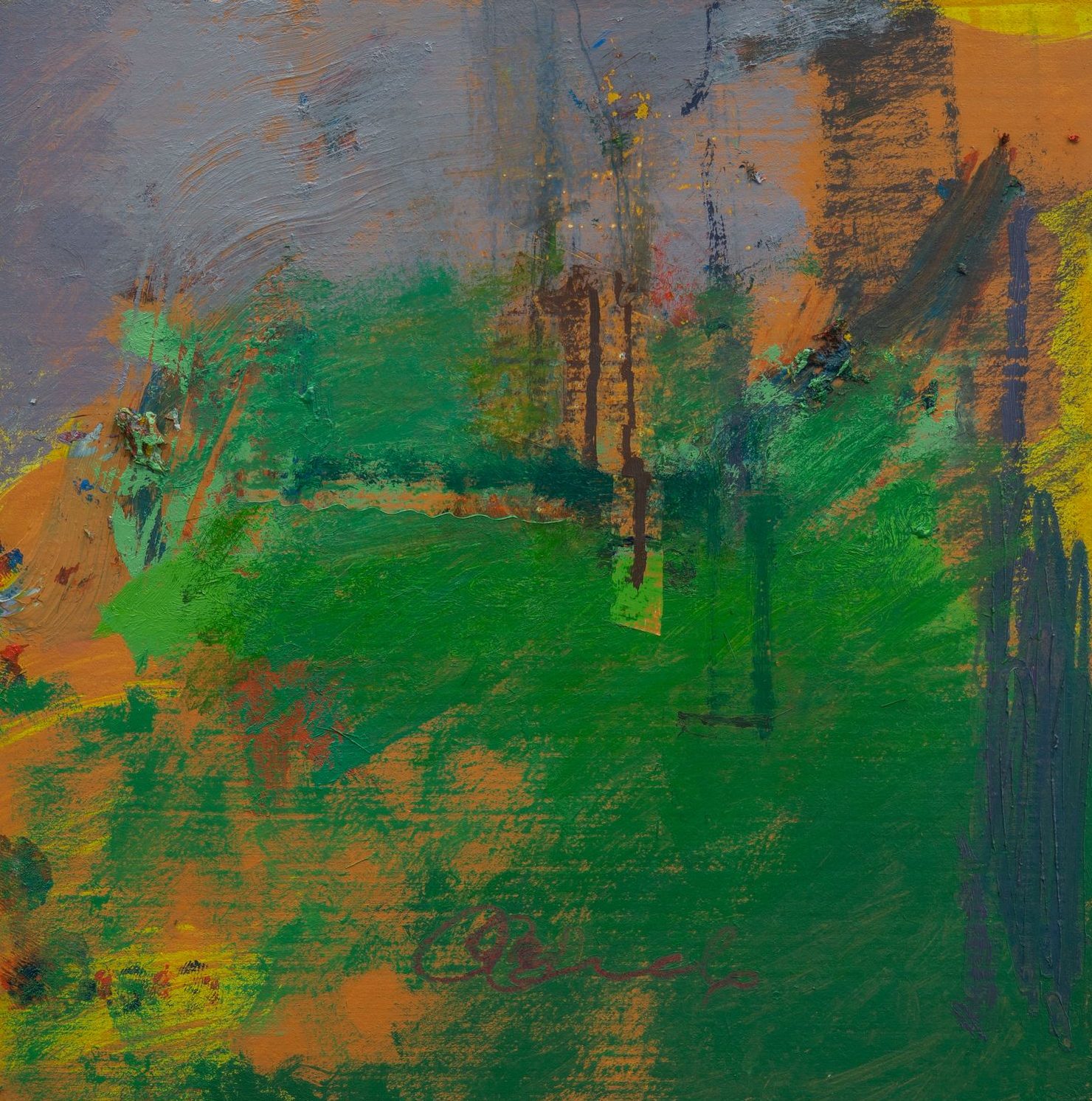
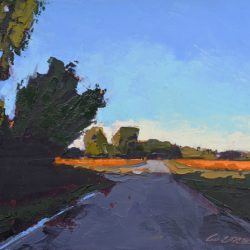
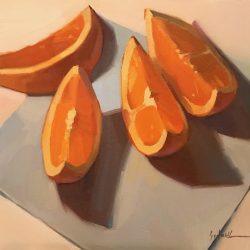
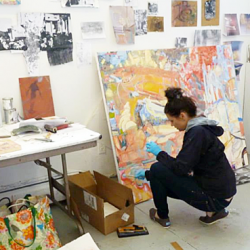
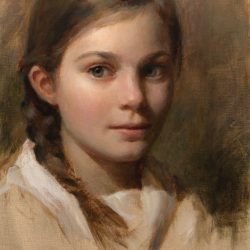
Reviews
There are no reviews yet.